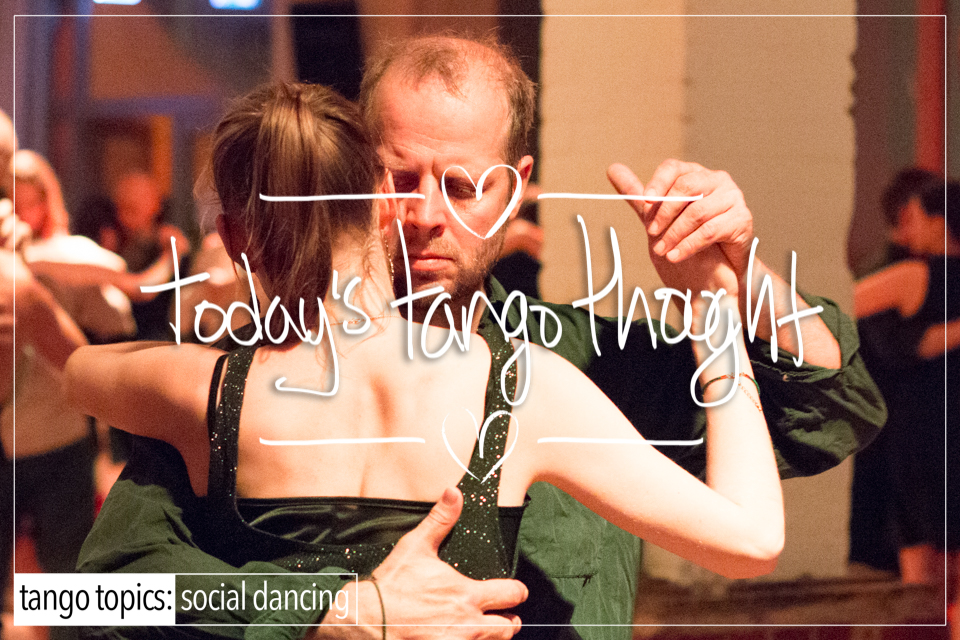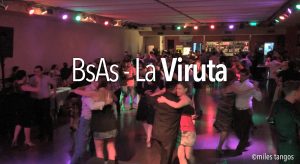The fact is that some folks have a justifiable fear of Milonga! No not the dance party, nor the music at the milonga, no…this fear refers to the abject fear that is expressed by some people when Milonga music is played because now they must dance ‘Milonga’ moves to milonga music. The reason ? Either it’s the speed at which it is seemingly danced, or the music that is perceived to be ‘fast’, movements/steps/patterns/figures that are associated and specific to Milonga. Some people just freak right out when it comes to milonga. Some people actually break out in a cold sweat at the very thought of it, Lead or Follow.
To be fair there are some that get all excited about.
They love it.
However have you noticed that when a milonga tanda comes that the floor clears ? And all of a sudden all those people that say that they ‘love’ milonga aren’t dancing it ? They either leave the room, or are sitting it out ?
There’s a reason for that (several actually): Fear.
Milonga is all about the non-compressive embrace, clear weight changes, and absolute collections, get that right and you’re onto something. It’s just that most people don’t, and they end up stepping all over someone’s feet, or toes, and then there’s blood everywhere, and someone looks silly and, and, and…
Mostly this is a fear from a leading perspective. From the lead’s perspective, there’s so much more going on, and so quickly. That they’re overwhelmed and rather than look silly, or (rightfully) step on someone’s toes, they’ll sit out the milonga tanda. Then there’s the inevitable judgement of getting ‘milonga’ wrong! OMG!!! (heavens!).
To be fair, there a host of other reasons why some people don’t dance but a single milonga tanda in a night … if that! One reason is that, like it or not…your idea of milonga, and someone else’s idea of milonga are exactly the same (or as is often the case, not even in the same realm). Then there’s the embrace issues, the compression issues, the milonga musical choice issues, not having an available partner that hears milonga the same way, just to name a few.
There is also the fear of milonga from the Follower’s perspective. Mostly it comes in the form of ‘please god let me get this one right…no screw ups!”. It’s there, it does happen.
Milonga fear is very real, very palpable, and very intimidating. It can keep someone from enjoying what is otherwise a very simple form of Argentine Tango! It can keep them from studying the dance further, it can stop them really, once they have a bad experience and it just appears to get worse each time.
Oy!
The question comes up, if all of that is true, how do you solve for ‘X’? Simple. You push through it. The fear is a perception really, it’s not real. Yes you can step on someone’s foot, but that fear is there always, less so once you have mastered proprioception. However aside from that…there is real reason for it to exist, and you really do have to break it down to its base elements, slow it down, and then work the f*ck out it. Milonga is one those places where you have to push until it gives, and eventually it does. You can achieve mastery over Milonga through perseverance, patience, time, and instruction. That last part is a given, but so many people don’t take advantage of the milonga skill set of their local teachers because they don’t want to look foolish or silly.











